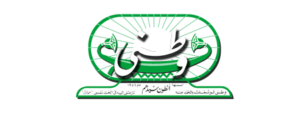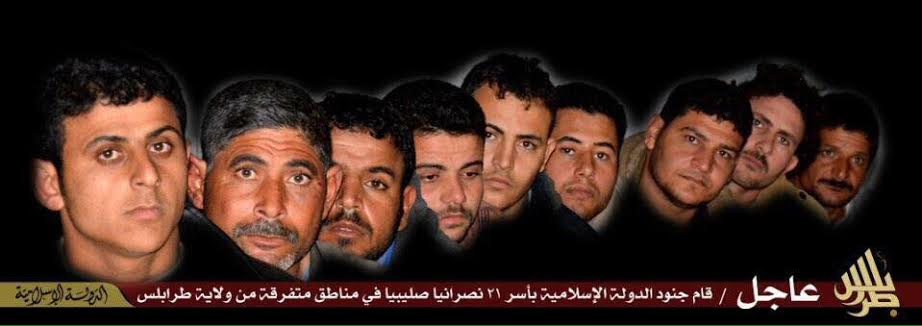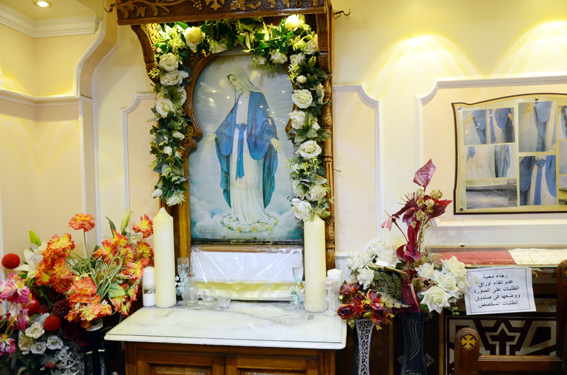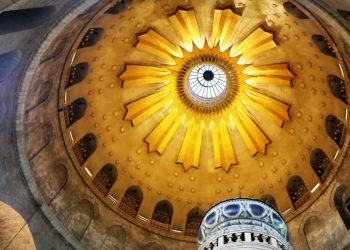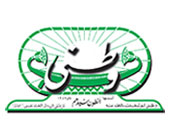Despite its popular characterization as a period of stultifying stuffiness or, as the O.E.D. puts it, of “prudishness and high moral tone,” the Victorian age abounded with adventurers intent on intellectual discovery. As Janet Soskice makes clear in “The Sisters of Sinai,” figuring among the ranks of such adventurous seekers were Agnes and Margaret Smith, identical Scottish twins, whose travels to St. Catherine’s Monastery in the Sinai desert resulted in the electrifying discovery of one of the oldest manuscripts of the Gospels ever found.
The Smith sisters were born in 1843, in Irvine, Scotland, and raised with stern enlightenment by their very wealthy widowed father, who, as Soskice reports, “educated his daughters more or less as if they had been boys.” In particular, he promised his daughters that he would take them to every country whose language they learned, a pact that, given the happy combination of the twins’ love of both languages and travel, resulted in their mastery of French, German, Spanish and Italian at a young age. Unshakably devout Presbyterians throughout their lives, the twins were deeply interested in biblical studies and languages, and between them eventually acquired Hebrew, ancient and modern Greek, Arabic and old Syriac. A desire to see the land of Abraham and Moses prompted their first adventure, a trip chaperoned by a lady companion, Grace Blyth, to Egypt and the Nile. Manifesting the unflappable hardiness that would serve them well on their many future travels, the twins not only survived the duplicitous mismanagement of their dragoman, or interpreter guide, but also enjoyed their near misadventure.
Both sisters eventually made happy, if brief, marriages, Margaret to James Gibson, a Scottish minister of renowned eloquence and wide travel, and Agnes to Samuel Savage Lewis, a librarian and keeper of manuscripts at Corpus Christi College, Cambridge, and a scholar of enormous energy and erudition; Lewis’s circle of learned, progressive Cambridge associates was to transform both sisters’ lives. Each marriage lasted some three years, and each ended with the abrupt and much-lamented death of a husband. It was in great part as an antidote to grief that the widowed sisters determined to fulfill a long-deferred wish to visit St. Catherine’s Monastery in the Egyptian desert, near Mount Sinai.
Margaret Gibson and Agnes Lewis arrived in Cairo in January 1892, equipped with the usual expeditionary paraphernalia and letters of introduction, but also, more unusually, with elaborate photographic equipment. As Soskice emphasizes — and as jealous biblical scholars would pretend to forget — the twins had not stumbled into Egypt, but had come on a carefully meditated and prepared mission: to find manuscripts of interest in the legendary library of St. Catherine’s. As Soskice writes, “the latter half of the 19th century was a time of anxiety over the Bible,” an anxiety that, in an age of escalating scientific interest and discovery, pertained not only to the soundness of some of the Bible’s claims — manna from heaven, for example — but the soundness of the very text upon which believers pinned their faith. The search for earlier and better manuscripts had taken scholars into obscure corners of the globe. The library of St. Catherine’s, where the twins were destined, had already been searched, and even rifled, by earlier European visitors, including, most notoriously, the German scholar-adventurer Constantin von Tischendorf, who in 1859 found and “borrowed” the mid-fourth-century Codex Sinaiticus, one of the oldest and most complete manuscripts of the Bible ever found. More recently, and more significantly for the twins, J. Rendel Harris, a Quaker scholar based in Cambridge, had found in the same library an important document that gave unexpectedly early evidence of a well-developed system of Christian belief datable to the second century A.D. When Harris learned, through a chance encounter, of the twins’ plans to visit Sinai, he hastened over to meet them — and to share a secret: in a small, dark closet off a chamber beneath the archbishop’s rooms were chests of Syriac manuscripts that he had been unable to examine.
When, then, Agnes and Margaret arrived at St. Catherine’s, having traveled nine days by camel through the desert, they were specifically intent on examining the contents of this closet. At Harris’s suggestion, they had also come prepared to photograph manuscript finds they would not have the opportunity to transcribe on site — preparations that give evidence of both their seriousness of purpose and their expectations of success. And successful they were. Handling a dirty wad of vellum, sharp-eyed Agnes saw that its text, a racy collection of the lives of female saints, was written over another document. When close scrutiny revealed the words “of Matthew,” and “of Luke,” she realized she was holding a palimpsest containing the Gospels. Written in Syriac, a dialect of the Aramaic Jesus had spoken, the Sinai Palimpsest, or Lewis Codex, as it came to be called, would prove to date to the late fourth century; the translation it preserved was even older, dating from the late second century A.D. — “very near the fountainhead” of early Christianity.
Soskice follows the aftershocks of this extraordinary discovery as they reverberate both through the twins’ lives and through the world of biblical scholarship; among other things, the new codex’s Book of Mark lacked the final verses describing Christ’s Resurrection.
Herself a professor of philosophical theology at Cambridge, Soskice deftly positions the twins’ story in the wider and more profound context of ideas and discoveries of their age. With great clarity, she steadily and captivatingly unwinds the complicated threads of her narrative, explicating formidable scholarship while keeping the twins at the fore. The twins themselves, although well described, remain enigmatic — possibly a symptom of the reticence of their age — and Agnes especially so. In her youth, she had written two sentimental novels, and a whiff of unexpected romance can be detected in her own account of her discovery, “In the Shadow of Sinai,” published in 1898: “Darkness brought on a vision of loveliness. . . . A blazing fire beside us showed a group of hardy Bedawîn sitting within a ring of spectre-like camels.” Surely some yearning for romance per se, for adventure, as well as for righteous enlightenment, inspired her many travels to the holy lands.
Still, the redoubtable twins — sturdy, steady, passionately curious, generous as well as thrifty — will win the reader. Industrious to the end, they left a legacy of good works, including land for the establishment of Westminster College at Cambridge. For its evocation of the character, as well as the characters, of the era, “Sisters of Sinai” is a bracing and moving book, not only a story of adventure, but also a reminder of the ardor, hardship and energy invested in the pursuit of knowledge in that endlessly inquiring and industrious Victorian age.
__________________________
The New York Times (abridged)
ADVERTISEMENT

